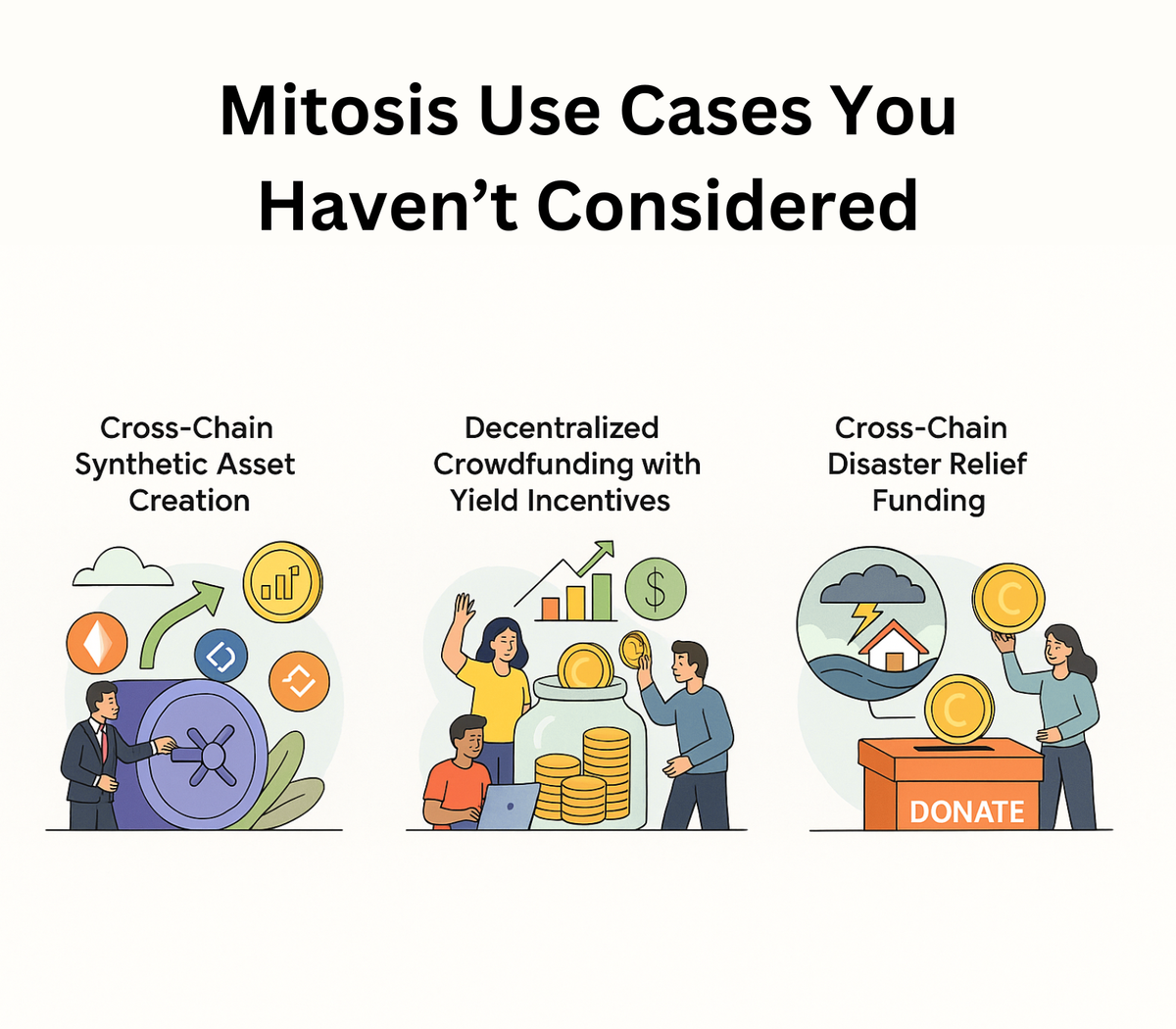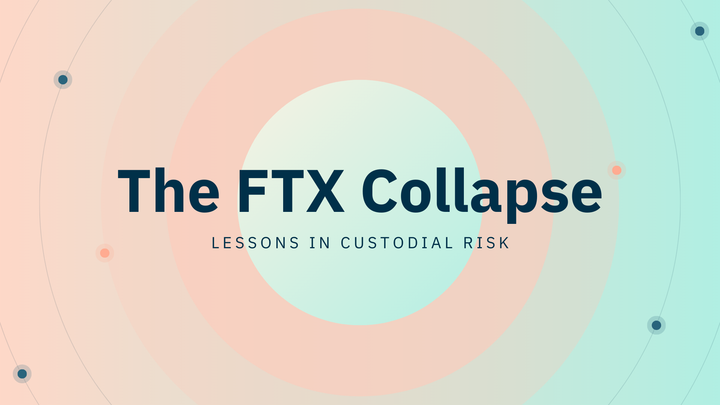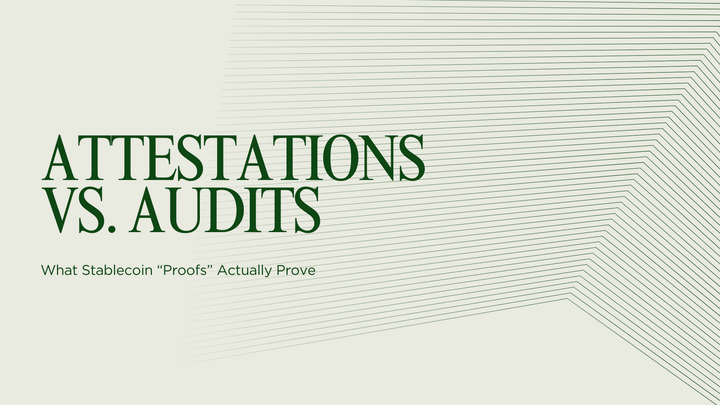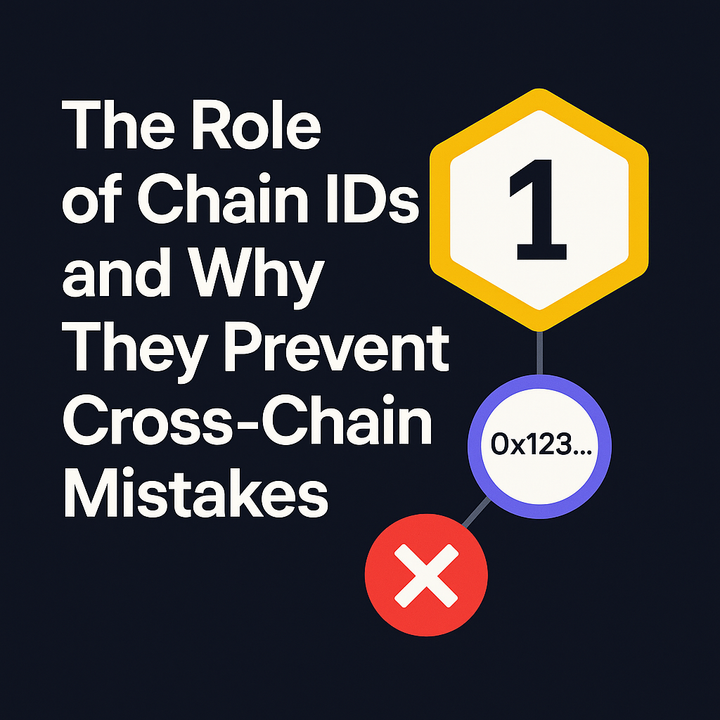Mitosis Chain Use Cases You Haven’t Considered

The Mitosis Chain, a layer-1 blockchain designed to revolutionize decentralized finance (DeFi) through programmable liquidity, has garnered attention for its innovative approach to cross-chain interoperability and Ecosystem-Owned Liquidity (EOL). Mitosis is poised to redefine how liquidity flows across blockchains, leveraging features like miAssets, maAssets, and permissionless interoperability via Hyperlane. While its core applications focus on yield optimization and cross-chain transfers, the chain’s architecture opens doors to unconventional use cases that extend beyond traditional DeFi.
This article explores three underexplored use cases (cross-chain synthetic asset creation, decentralized crowdfunding with yield incentives, and cross-chain disaster relief funding) that showcase Mitosis’s potential to transform diverse sectors. These ideas highlight the chain’s versatility and invite innovators to think beyond the status quo.
Cross-Chain Synthetic Asset Creation
Synthetic assets, which replicate the value of real-world assets like stocks or commodities, are a growing DeFi trend but are often confined to single chains, limiting their reach. Mitosis’s ability to unify liquidity across multiple blockchains makes it an ideal platform for creating and trading synthetic assets that operate seamlessly across ecosystems. By depositing assets into Mitosis Vaults, users could mint miAssets representing synthetic versions of assets like gold, Tesla stock, or even a market index.
These miAssets, backed by cross-chain liquidity pools, could be traded or staked on supported chains like Ethereum, Arbitrum, or Solana, with Hyperlane ensuring instant finality for cross-chain transactions. The process would work as follows: a user deposits ETH into a Mitosis Vault on Ethereum, receiving a miAsset tied to a synthetic S&P 500 index. This miAsset could then be used in DeFi protocols on, say, Optimism for lending or on Mantle for yield farming, with oracles ensuring accurate price feeds.
The EOL model allows liquidity providers to vote on pool allocations, maintaining peg stability across chains. This use case is novel because, unlike platforms like Synthetix, which operate primarily on Ethereum, Mitosis’s permissionless interoperability enables synthetic assets to flow freely across modular blockchains, reducing fragmentation and enhancing capital efficiency.
For example, a synthetic asset could be used simultaneously on multiple chains, maximizing returns without manual bridging. This could democratize access to global markets, enabling retail investors to gain exposure to diverse assets without centralized intermediaries. However, challenges like oracle reliability and regulatory compliance for tokenized real-world assets would need careful navigation.
Decentralized Crowdfunding with Yield Incentives
Crowdfunding has transformed how projects raise capital, but traditional platforms like Kickstarter lack the financial incentives and transparency of DeFi. Mitosis could power a decentralized crowdfunding system where backers receive yield-generating miAssets, aligning incentives and enhancing returns. Project creators would deposit collateral (e.g., ETH or stablecoins) into a Mitosis Vault, and backers would contribute assets, receiving miAssets that represent their stake in the project’s liquidity pool. These miAssets could earn yields through DeFi strategies on supported chains, with profits distributed to backers via EOL governance. For instance, a renewable energy startup could crowdfund a solar farm, with backers earning yields from the project’s liquidity pool deployed across Ethereum and Polygon.
The key innovation lies in combining crowdfunding with DeFi’s yield-generating potential. Backers could vote on how yields are allocated (reinvested, distributed, or donated) using $MITO tokens, ensuring transparency and community control. Hyperlane’s interoperability ensures funds can be accessed or redeployed across chains, while smart contracts verify project milestones before releasing funds. This contrasts with traditional crowdfunding, where funds are often mismanaged or siloed.
For example, a 2019 study noted inefficiencies in disaster relief crowdfunding due to duplicated efforts; Mitosis’s transparent, cross-chain system could address this by ensuring verifiable fund allocation. The challenge is adoption: projects must integrate with Mitosis, and backers need DeFi literacy. Still, this use case could empower communities to fund public goods or startups while earning passive income, redefining crowdfunding’s value proposition.
Cross-Chain Disaster Relief Funding
Natural disasters cause significant economic losses, with crowdfunding often used for relief but hindered by inefficiencies and a lack of sustainability. Mitosis could enable a decentralized disaster relief funding system where donations are pooled into yield-generating Vaults, ensuring long-term support. Donors would deposit assets (e.g., USDC) into a Mitosis Vault, receiving miAssets with governance rights to vote on fund allocation via EOL.
These pools could generate yields through DeFi protocols across chains like Arbitrum or Blast, with profits supporting ongoing relief efforts. For example, a pool for hurricane relief could deploy liquidity to Ethereum for lending and Solana for staking, maximizing returns while Hyperlane ensures seamless cross-chain settlement.
This use case leverages Mitosis’s ability to unify liquidity and provide transparency. Donors could track funds via Routescan, ensuring accountability, while oracles verify relief milestones (e.g., supplies delivered). Unlike traditional relief efforts, where funds are often siloed or misused, Mitosis’s system creates a self-sustaining model.
A 2018 study highlighted blockchain’s potential for transparent remittances in disaster relief; Mitosis extends this by adding yield generation and cross-chain scalability. Challenges include regulatory scrutiny and the need for trusted oracles, but the potential to fund relief efforts sustainably could attract NGOs and governments to DeFi. This use case positions Mitosis as a socially impactful platform, blending financial innovation with humanitarian goals.
Conclusion
The Mitosis Chain’s programmable liquidity and cross-chain capabilities unlock a range of innovative use cases that extend DeFi’s reach into new domains. Cross-chain synthetic asset creation offers a pathway to democratize global market access, allowing users to trade tokenized assets across ecosystems with unprecedented efficiency.
Decentralized crowdfunding with yield incentives reimagines funding by aligning backers’ financial interests with project success, fostering transparency and community governance. Cross-chain disaster relief funding addresses inefficiencies in humanitarian aid, creating sustainable funding models through yield-generating pools. These use cases highlight the chain’s potential to bridge DeFi with real-world applications.
However, challenges like regulatory compliance, oracle reliability, and ecosystem adoption must be addressed to realize this potential. What new use cases could emerge as Mitosis’s mainnet evolves, and how will they shape the future of decentralized ecosystems? By pushing the boundaries of programmable liquidity, Mitosis invites innovators to explore these possibilities, positioning itself as a leader in the modular DeFi era.



Comments ()